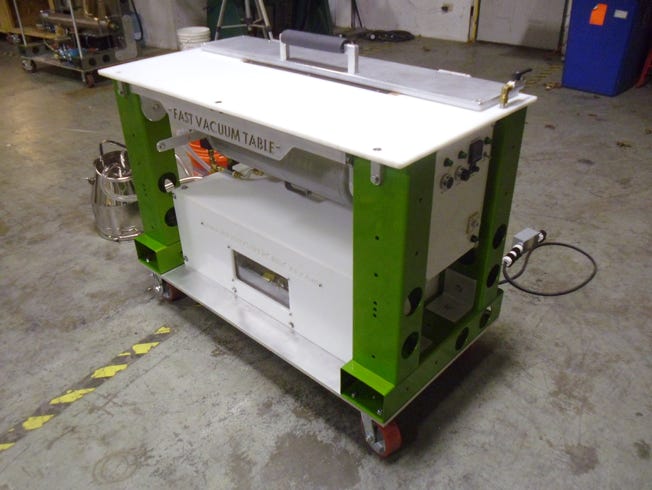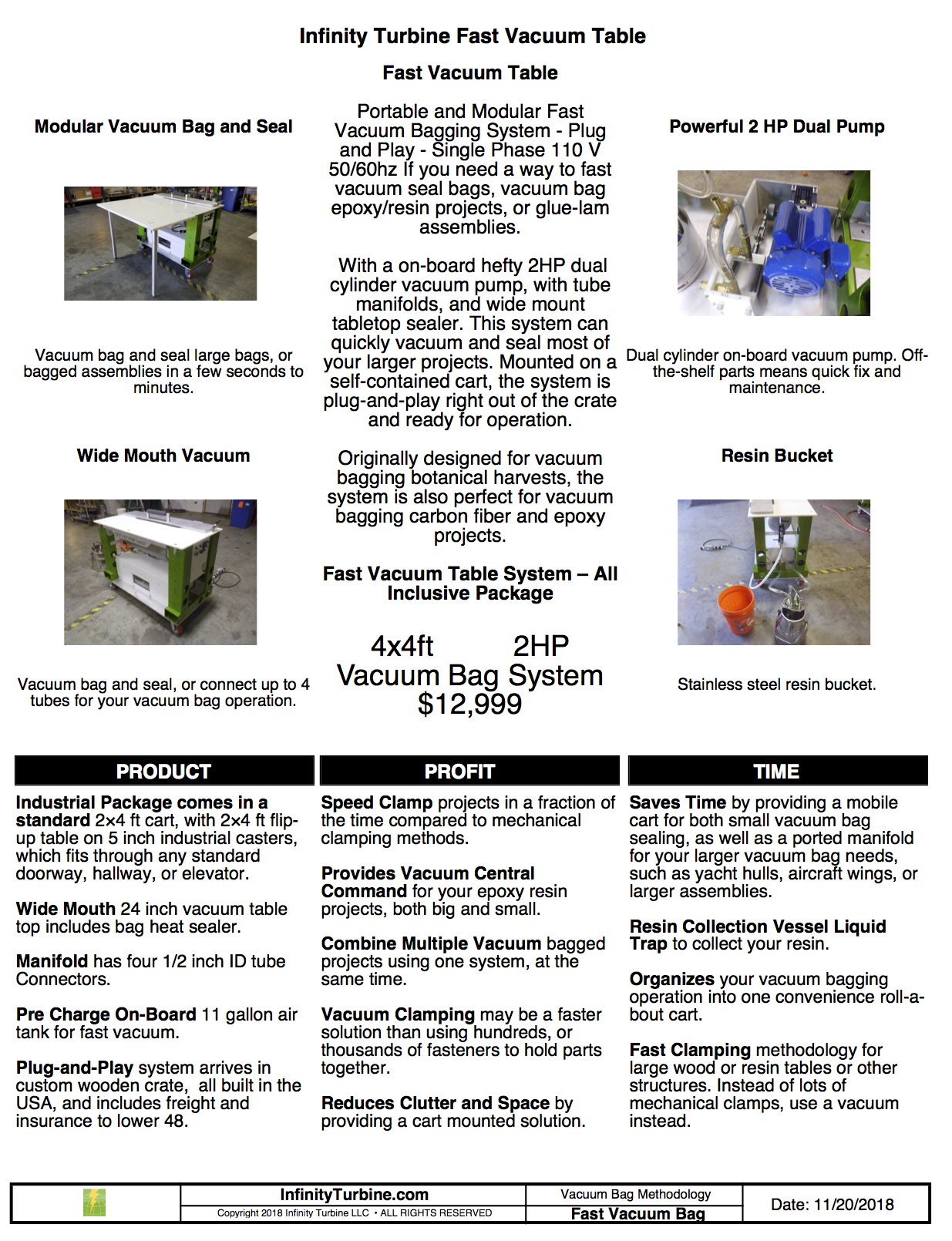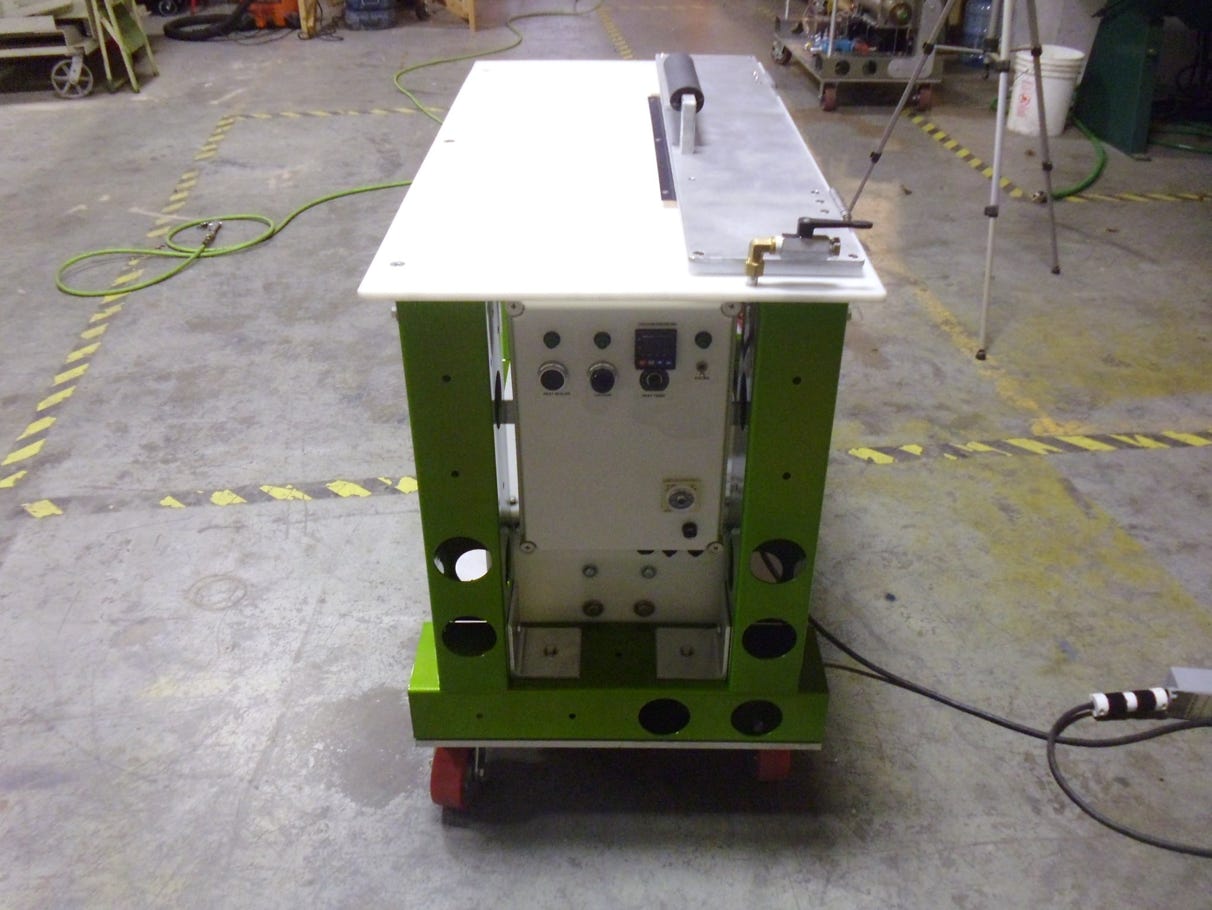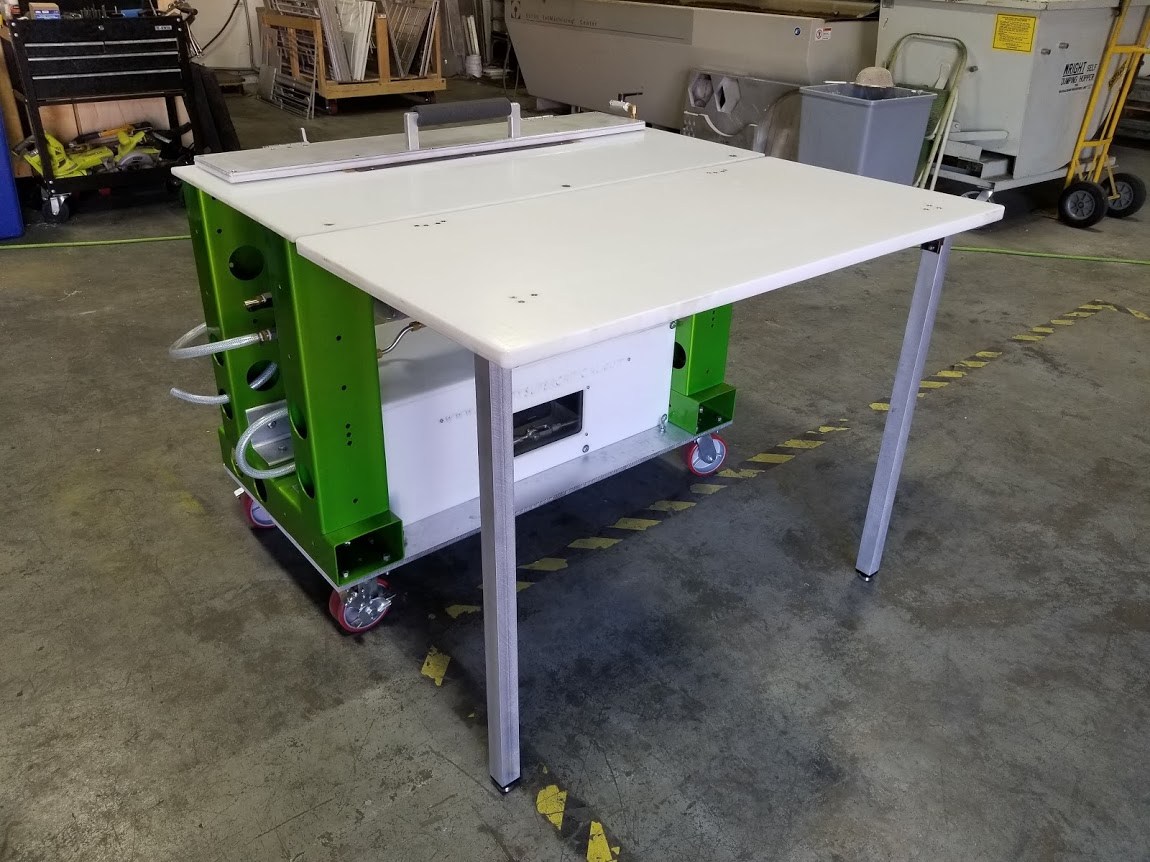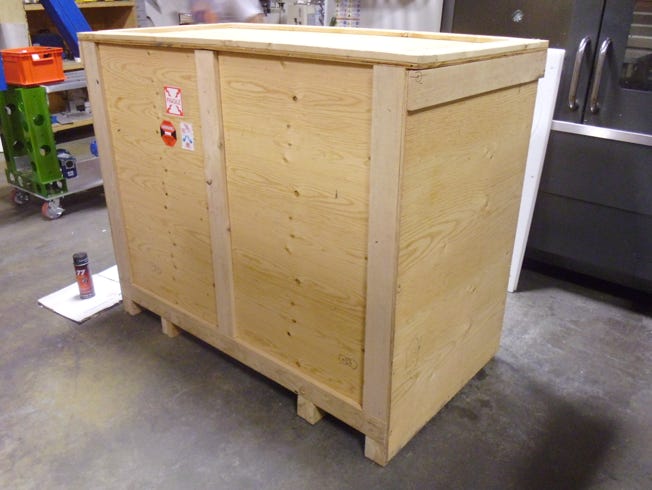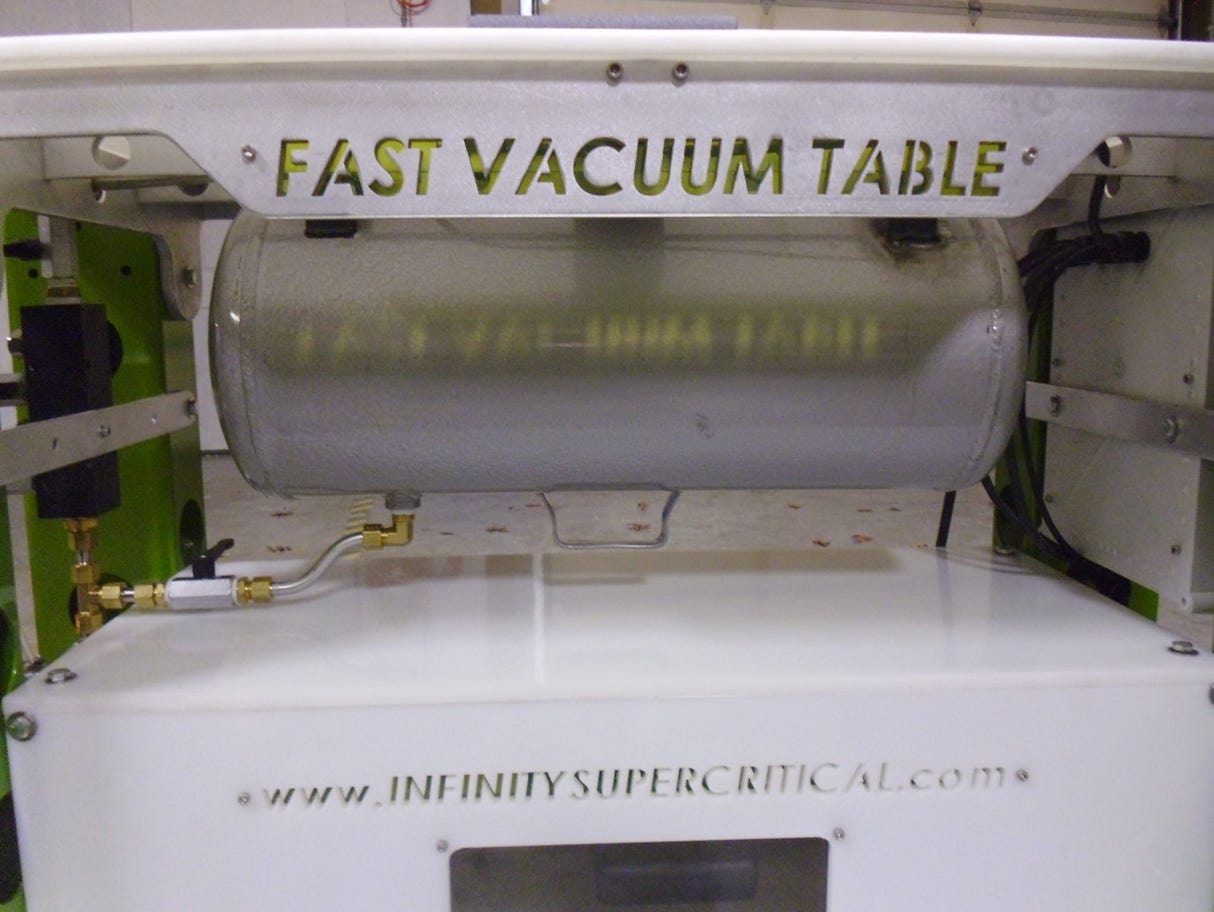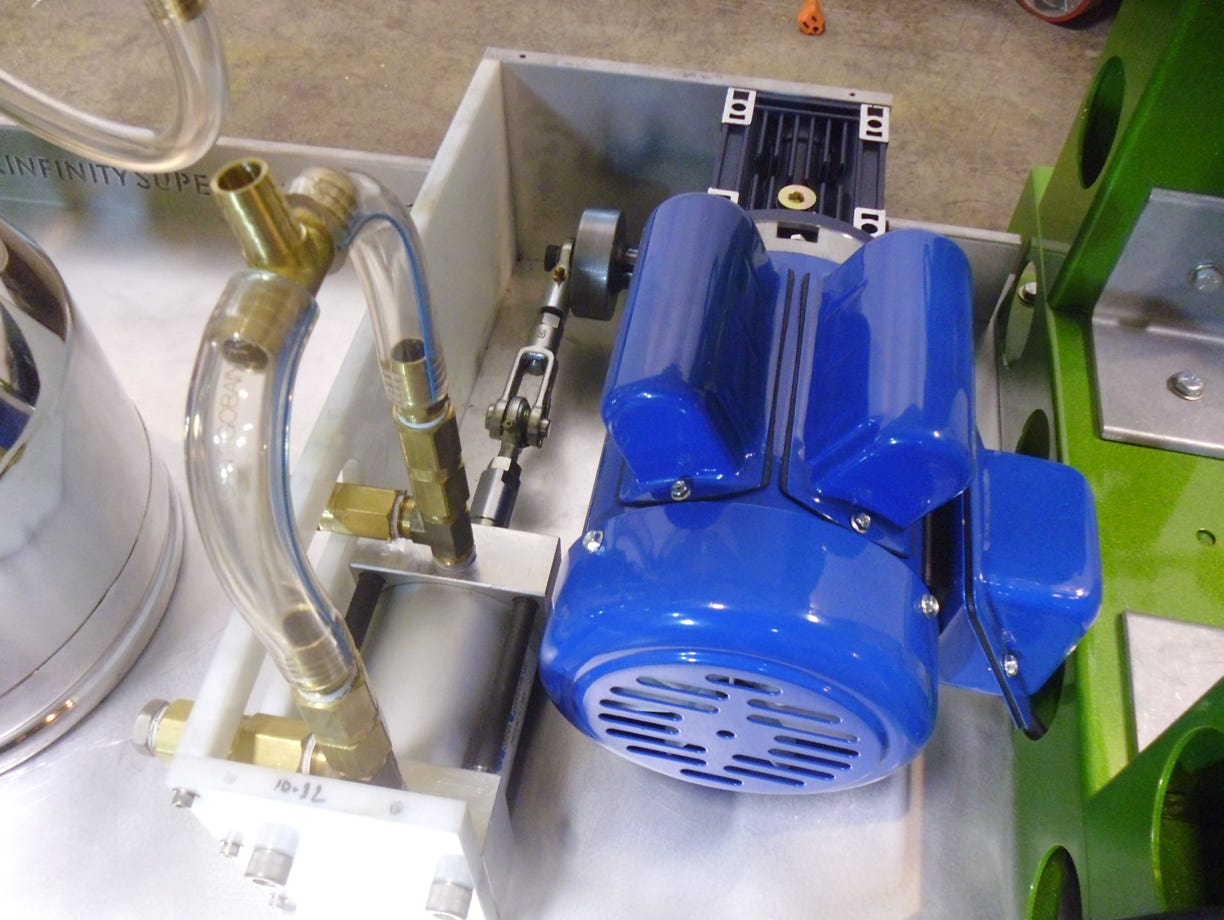
Infinity Turbine Vacuum Pump
Vacuum Kiln for Fast Drying Fresh Cut Lumber in 3 Days
Infinity Turbine with Global Energy are developing DIY plans and kits for kiln vacuum drying lumber. I invented the Global Container Kiln back in 1990 by converting standard shipping containers into dry kilns for the small sawmills. Infinity Turbine has specialized in developing simple pressure vessels and systems with it's renewable waste heat turbine generators back in 2008, and has extensive experience in pressure vessels. It's a natural fit.Why a vacuum kiln ? Lumber prices are crazy. Homebuilders cannot find quality lumber (supplies are limited), and have turned to buying a port)able sawmill, which produces green lumber. For building, that lumber needs to be dried. This is also true for cabinet makers, and other wood craft business. Our container kiln was a standard dry kiln and could KD (kiln dry) hardwoods in 30 days. That's too long for most.A vacuum kiln is the answer. Smaller chambers can dry in 3 days or less.

